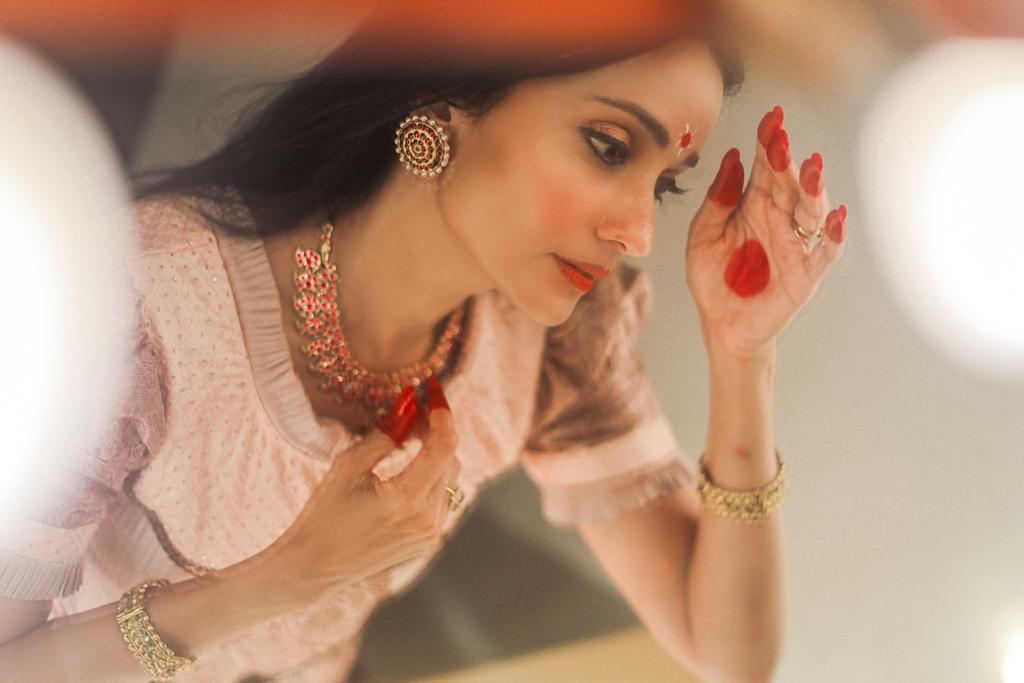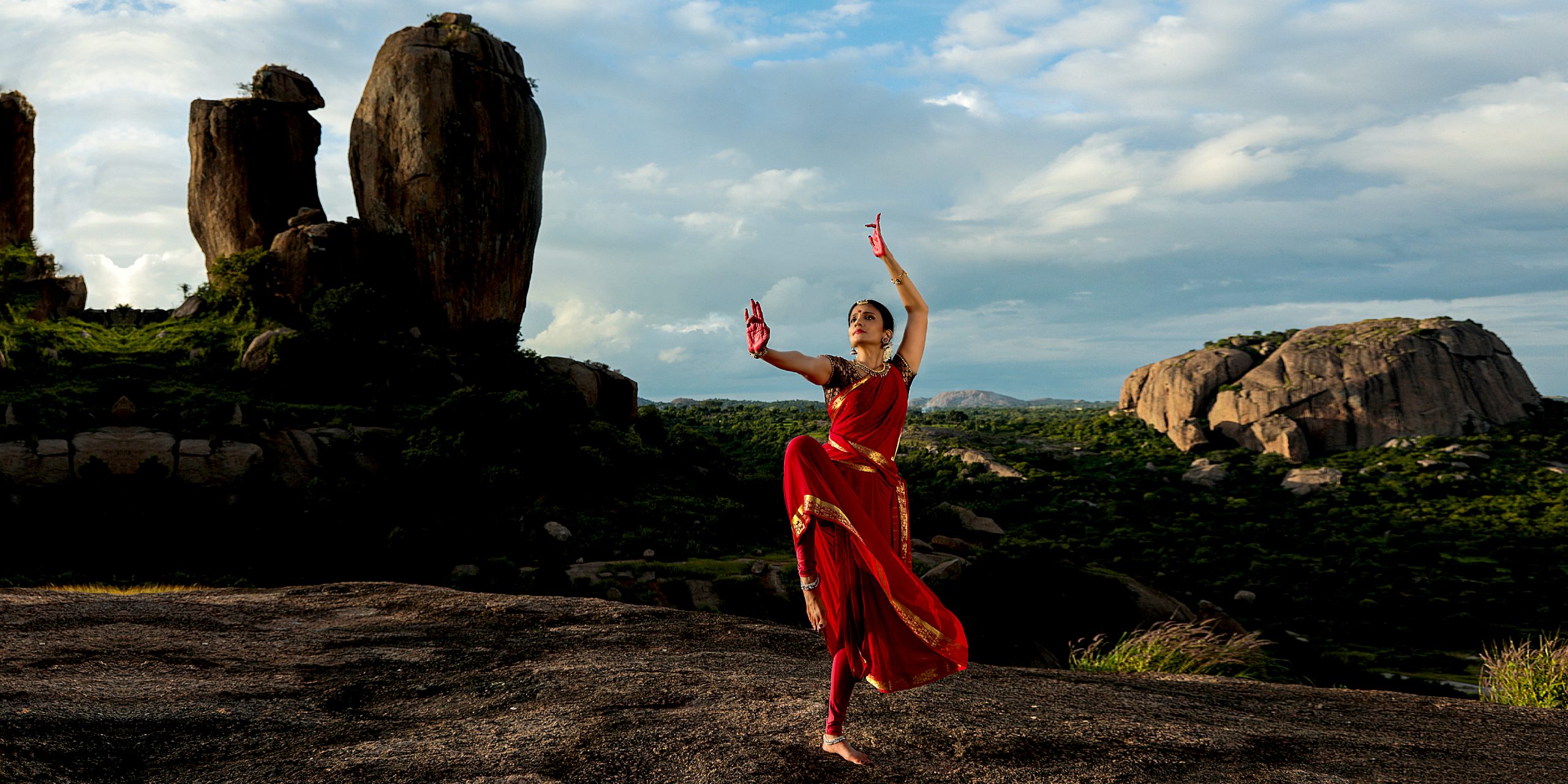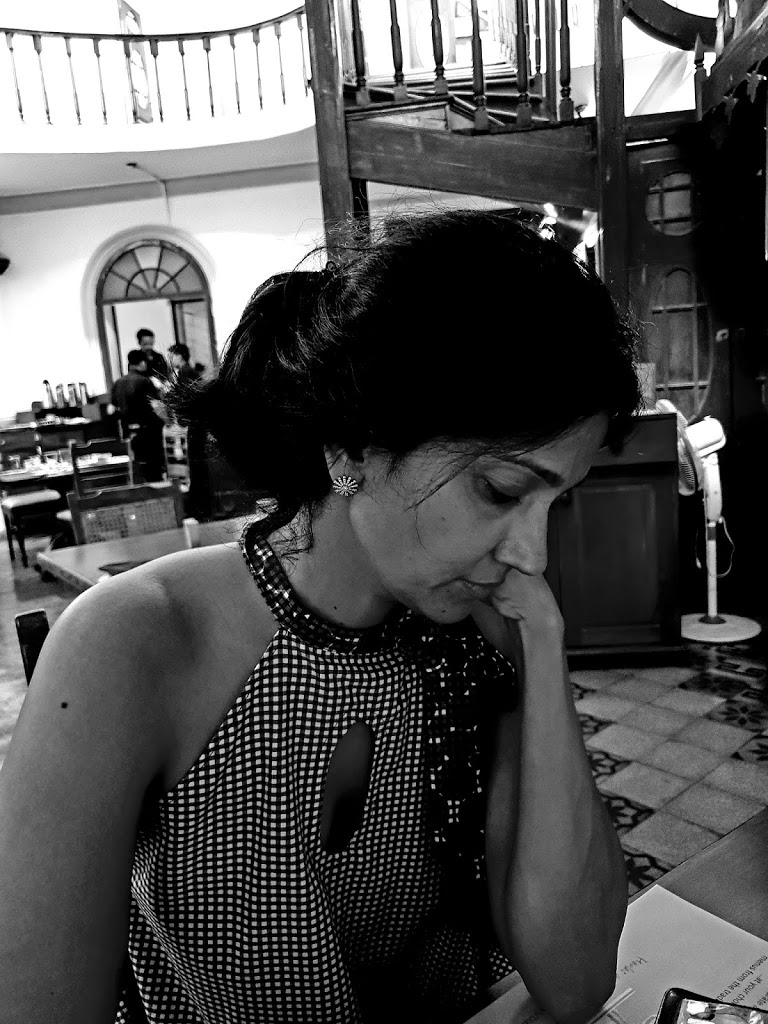
Which Prometheus Do We Unbind?
While we have written and spoken much about the need to bring fresh and novel content to Bharathanatyam performances, one question that keeps rearing its head is – how does one select such content. Well, nothing jumps out from the pages of tomes demanding that it be danced out, which is why we see many dancers take the safe path of recounting stories that have already been said; sometimes just giving it a twist on how it is recounted.
I think it takes a lot of reading, trials and errors before a story can be interpreted as a dance. Writers do not normally write for dance. It cramps their style, does not have huge financial rewards like writing a script for cinema would, and worst of all does not even have dancers waiting in line for it.
Much of what I read cannot be produced as dance. The first reason could be that I do not find the story novel or interesting enough. In order to invest a year in producing a narrative and then several years dancing it across venues, the story needs to be a lot more than just entertaining; it needs to catch me by my throat.
And then again not all stories that take hold of my head can be danced. Excellent as they may be on paper, the magic cannot be translated into dance, especially Bharathanatyam. Any book by Haruki Murakami would fall in this category.
It is imperative that I bring out the flavour of the story and add to its visual experience rather than just play out an interpretation for the sake of it. If I cannot accentuate what was on paper, then it should be left on paper. Mr. Murakami, take a bow!
The stories I look for would therefore be those that tell the story of a human psyche or mind. Bharathanatyam is extremely capable of bringing out the best of human emotions well beyond the written word, and possibly well beyond cinema. Therefore, rather than taking on subjects that are larger than life, I prefer to look for stories of everyday people and their mental dilemmas. This is the niche that Bharathanatyam cannot be beaten on.
And where do you find these stories? Everywhere. You just have to stop thinking about how you would look dancing it and start thinking about how you become that person you are representing.




Anonymous
I fully agree with you Savitha Sastry that Bnatyam or take any other folk or classical dance form, it have to update it's content and presentation for it's relevance and acceptablity amongst gennext. Bnatyam is a powerful medium to emote humam emotions generated from lack of many things, be it concrete or abstract bhavas these are yields of abhavas. Adore your efforts on taking real life and Bnatyam nearer and nearer in form of cage and other performances. Follow u on revolutionary thought in Bnatyam.regards. Col Madan Mohan Kandwal, Chennai
Ted
Good work, Savitha! Whether it was your own invention or Srikanth's…or both, it surely marks a new phase in your creative career. Short (5-7 min) clips involving other dancers and Bollywood style' scenes with other actors surely make a difference as compared to all your previous works.
I just love the last scene from Descent with the sun setting down and the light shawl carried away with the wind. Perfect setting and perfect cameraman's work.